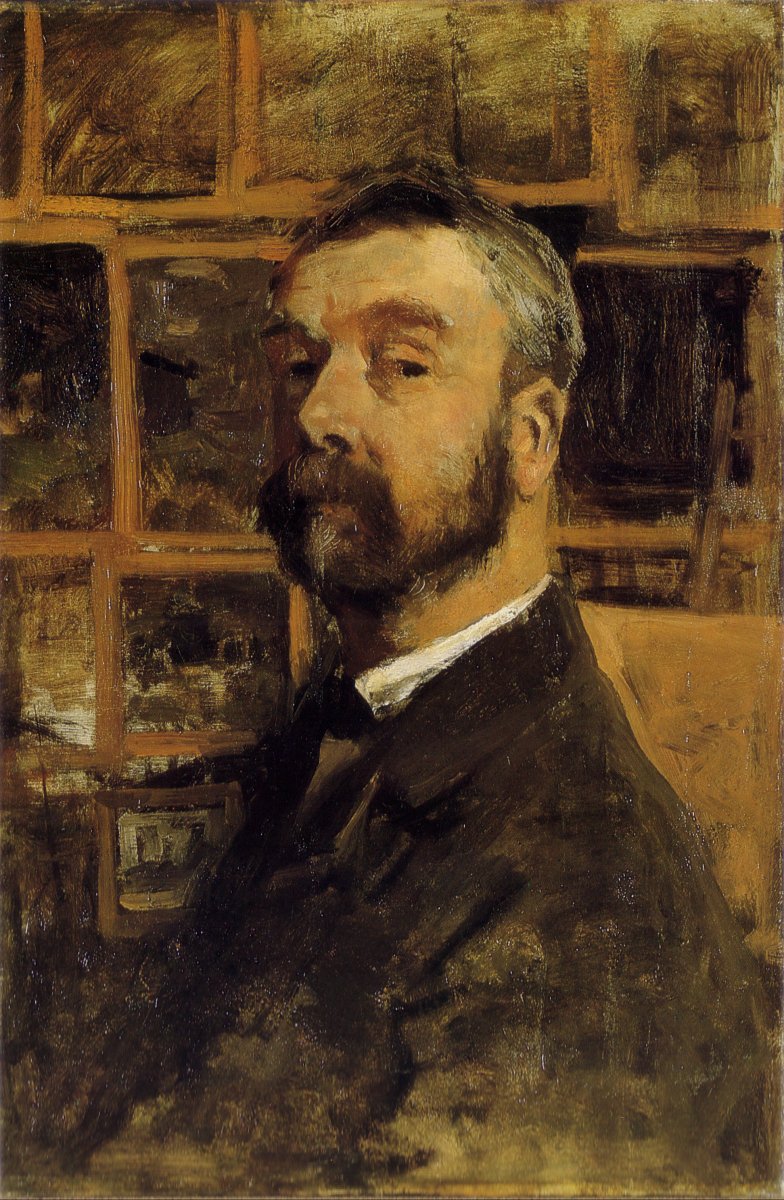Anton Mauve
kjs on 27th May 2022
His Early Life
Anthonij ‘Anton’ Rudolf Mauve (1838-1888), popularly known as Anton Mauve, was a Dutch realist painter and was a leading member of the Hague School. He was a significant source of influence on his cousin-in-law Vincent van Gogh.
He is famous for painting peasants working in the fields and his paintings with flocks of sheep as subjects were especially popular with American patrons.

Mauve was born on 18 September 1838 in Zaandam, a town in the Dutch province of North Holland. His father was a Mennonite chaplain. A year after Mauve’s birth, his father was sent to Haarlem, the capital city of the province where Mauve grew up.
His Association With Well-known Painters
Mauve was apprenticed to the painter Pieter Frederik van Os and later to Wouter Verschuur. He also worked with the famous painter Paul Gabriel. They regularly stayed and worked together at Oosterbeek which was known as ‘the Dutch Barbizon’.
Mauve was a friend of Jozef Israels and Willem Maris. Most of Mauve’s works depict people and animals in outdoor settings. In his well-known painting ‘Morning Ride’ he has depicted a bunch of fashionable equestrians at the seacoast riding away from the viewer.
He Tutored van Gogh
Mauve was married to van Gogh’s cousin Ariette Sophia and he was a major source of influence on van Gogh.
Van Gogh made a mention of Mauve directly or indirectly in as many as 150 letters. Van Gogh spent three weeks at Mauve’s studio at the end of 1881 and during that period he made his first experiments in painting under the Mauve’s tutelage. Mauve continued to encourage him and lent him money to rent and furnish a studio.
Later, Mauve stopped answering Van Gogh’s letters. In a letter written by Van Gogh to his brother Theo van Gogh dated 7 May 1882, van Gogh described ‘ a very regrettable conversation’ in which Mauve told him that their association was ‘over and done with’.
Van Gogh Held Him in High Esteem
Mauve is said to have added that Van Gogh had a vicious character. However, van Gogh continued his letter by expressing his sorrow.
Experts are of the opinion that Mauve had heard of the relationship that van Gogh had developed with a lady of questionable character and he broke off the association because of it.
Nevertheless, van Gogh continued to hold Mauve in very high esteem and dedicated one of his most iconic paintings to Mauve’s memory after hearing of his sudden death some years later.
Mauve settled in The Hague in 1872 and became a leading member of the Hague School of painters and one of the founders of the ‘Hollandsche Teekenmaatschappij’ in 1876. He played a leading role in the development of the Pulchri Studio, The Hague’s most influential art society at the time. In the last two years of his life, Mauve settled in the village of Laren in the region surrounding Hilversum called the Gooi area.
Jozef Israels and Albert Neuhuys, among others settled in the Gooi area. The term Larense school is used to describe this group of painters. The area around the Gooi itself was loosely referred to
His well-known paintings include ‘Morning Ride on the Beach’ (1876 ), ‘Landscape with Cattle’, ‘The Return of the Flock’, ‘Entering the Fold’, ‘Milking Time’, ‘Shepherdess’, ‘Riders in the Snow in the Haagse Bos’, ‘Ariette Carbentus, Wife of the artist, setting in the Dunes’, ‘Gathering Seaweed’, ‘Changing Pasture’, ‘The Return of the Flock, Laren’, ‘Digging up a Tree’, ‘Returning Home’, etc.










